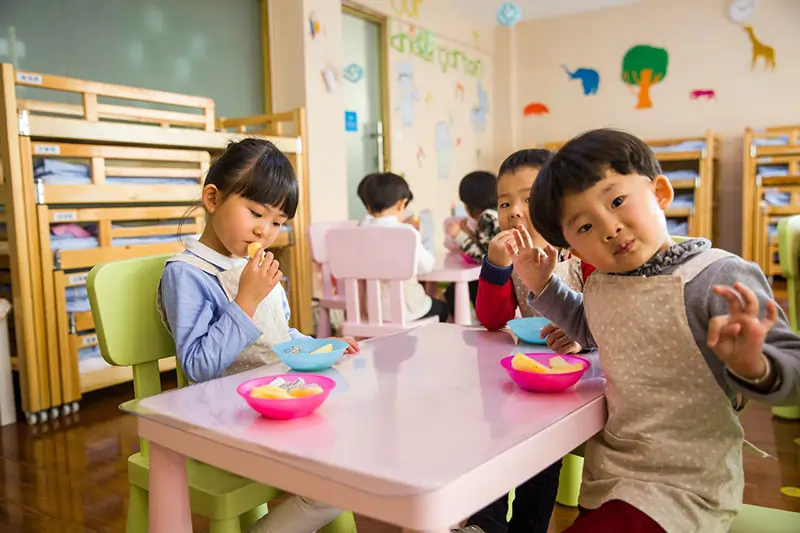The Classroom Pet: How a Pet in the Classroom Can Transform Education
From the wagging tail of a dog to the gentle purring of a cat, pets bring a unique joy to our lives. For children, growing up with a pet can be an enriching experience, teaching them invaluable lessons in companionship, empathy, and responsibility.
In the classroom, a pet can transform the educational experience, providing interactive learning opportunities for students.

The Bond Between Children and Pets
Children have a natural affinity for animals, and the bond they share with pets can contribute significantly to their emotional and social development. Engaging with a pet helps children learn to express themselves in non-verbal ways, understanding that care and affection do not always need words.
As they play and grow with their furry or feathered companions, children learn the unspoken language of empathy, witnessing firsthand the importance of kindness and gentle behavior.
Lessons in Responsibility
Caring for a pet is often a child’s first encounter with the concept of responsibility. Feeding, grooming, and looking after an animal’s health teaches children about dedication and the consequences of their actions. When children take part in the care of a pet, they learn the importance of routine and the satisfaction that comes from providing for another living being.
The Joy of a Class Pet
Incorporating a pet into the classroom offers a shared experience for all the children. A class pet becomes a central point for lessons on biology, life cycles, and even ethics. Caring for the class pet helps children understand the importance of collective responsibility, as they take turns feeding and cleaning, learning about the practical aspects of pet care.
Benefits of a Class Pet
- Social Skills: Interacting with a class pet helps children develop social skills. It can encourage more introverted children to participate in group activities and discussions about the pet.
- Empathy and Compassion: Children learn to recognize and respond to the needs of the pet, which can foster a greater sense of empathy.
- Educational Engagement: A pet can serve as an inspiration for creative writing, art projects, and scientific observation, making learning more dynamic and engaging.
- Stress Relief: Studies show that the presence of animals can reduce stress. A class pet can offer a sense of comfort and help to create a calm atmosphere in the classroom.
- Behavioral Reinforcement: The class pet can be used as a positive reinforcement tool, with children earning time to interact with the pet as a reward for good behavior.
Choosing the Right Class Pet
The decision to have a class pet should come with careful consideration of the type of animal, the age group of the children, and the pet’s care requirements. Typically, small animals like guinea pigs, fish, turtles, or birds (like Cockatiels) are chosen due to their relatively straightforward care and the ability to keep them safely in a classroom environment.
Responsibility and Routine
When children are involved in the care of a class pet, they learn about the daily responsibilities and the regular routine that must be followed. This includes understanding the right amount of food, maintaining cleanliness, and monitoring the pet’s health. A roster can be created to involve each child in these tasks, under the supervision of the teacher.
Empathy and Learning
As children engage with the class pet, they begin to recognize its needs and moods, which encourages the development of empathy. This hands-on approach to learning about animals can also spark an interest in science and nature, opening up discussions about habitats, nutrition, and the human-animal bond.
Conclusion
The companionship of a pet offers a special kind of learning for children—one that textbooks cannot replicate. Whether at home or in the classroom, pets teach children about the beauty of life, the importance of care and responsibility, and the joy of unconditional love.
They remind us that learning is not just about absorbing information but also about developing character and compassion. As children and pets grow up together, the lessons they learn from each other lay the foundations for a more empathetic and responsible generation.

